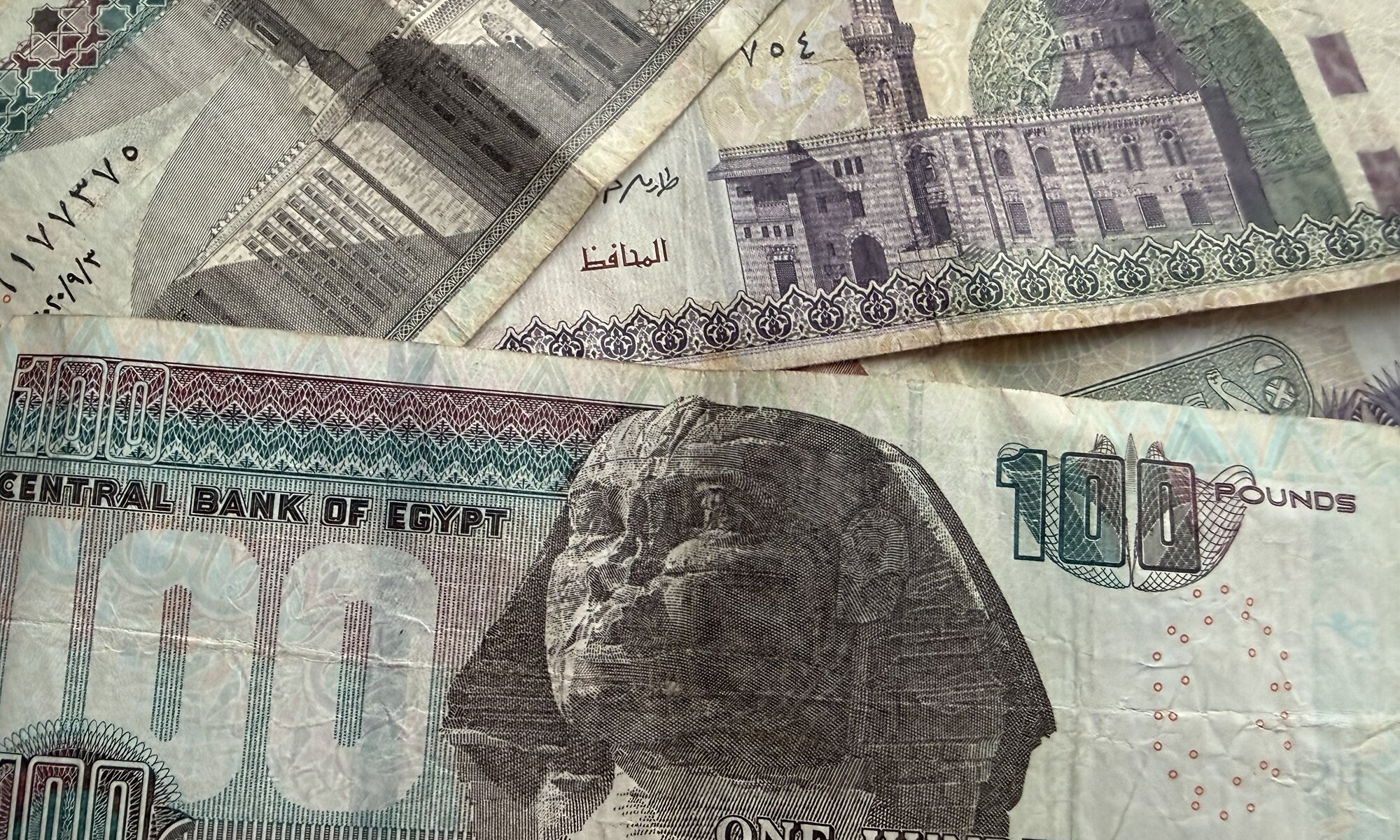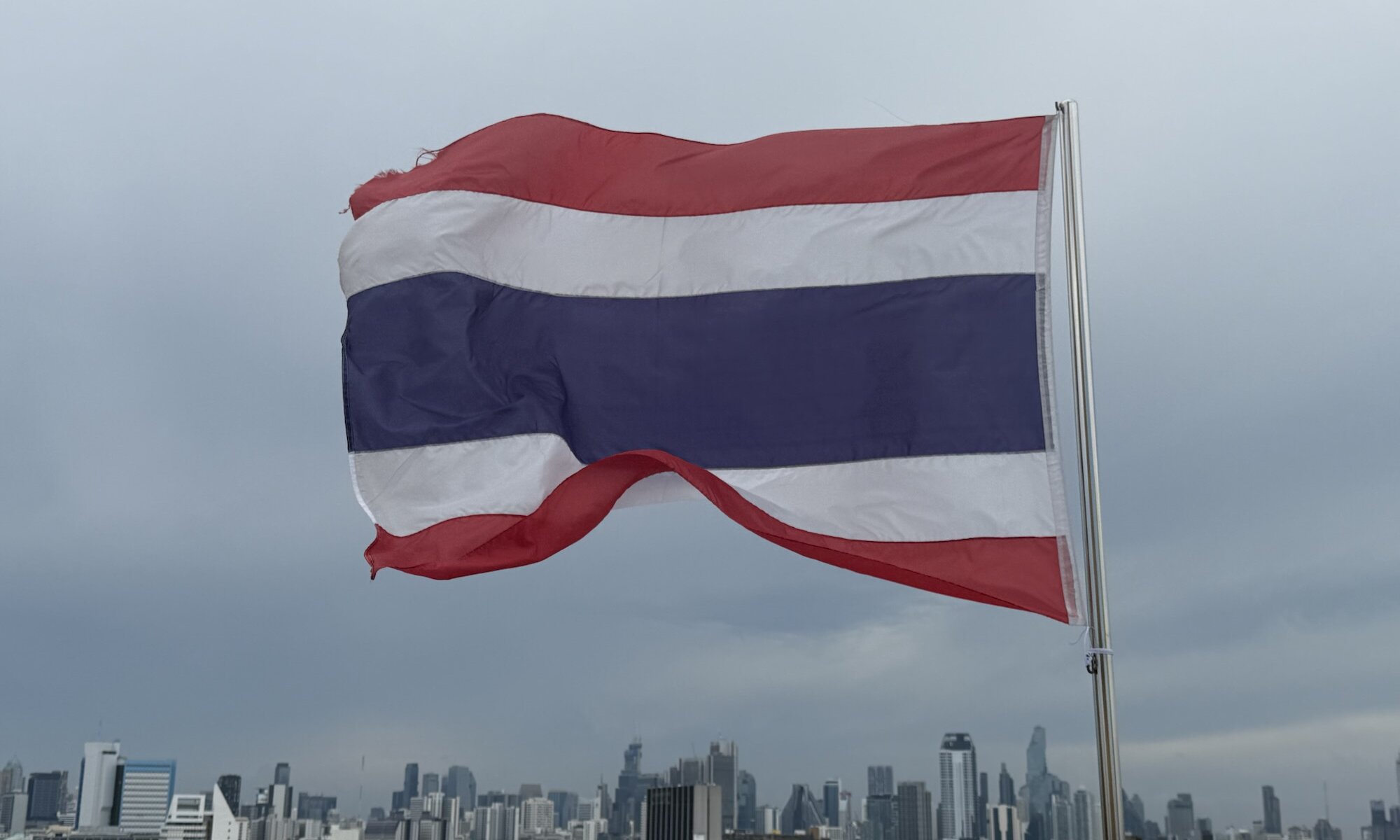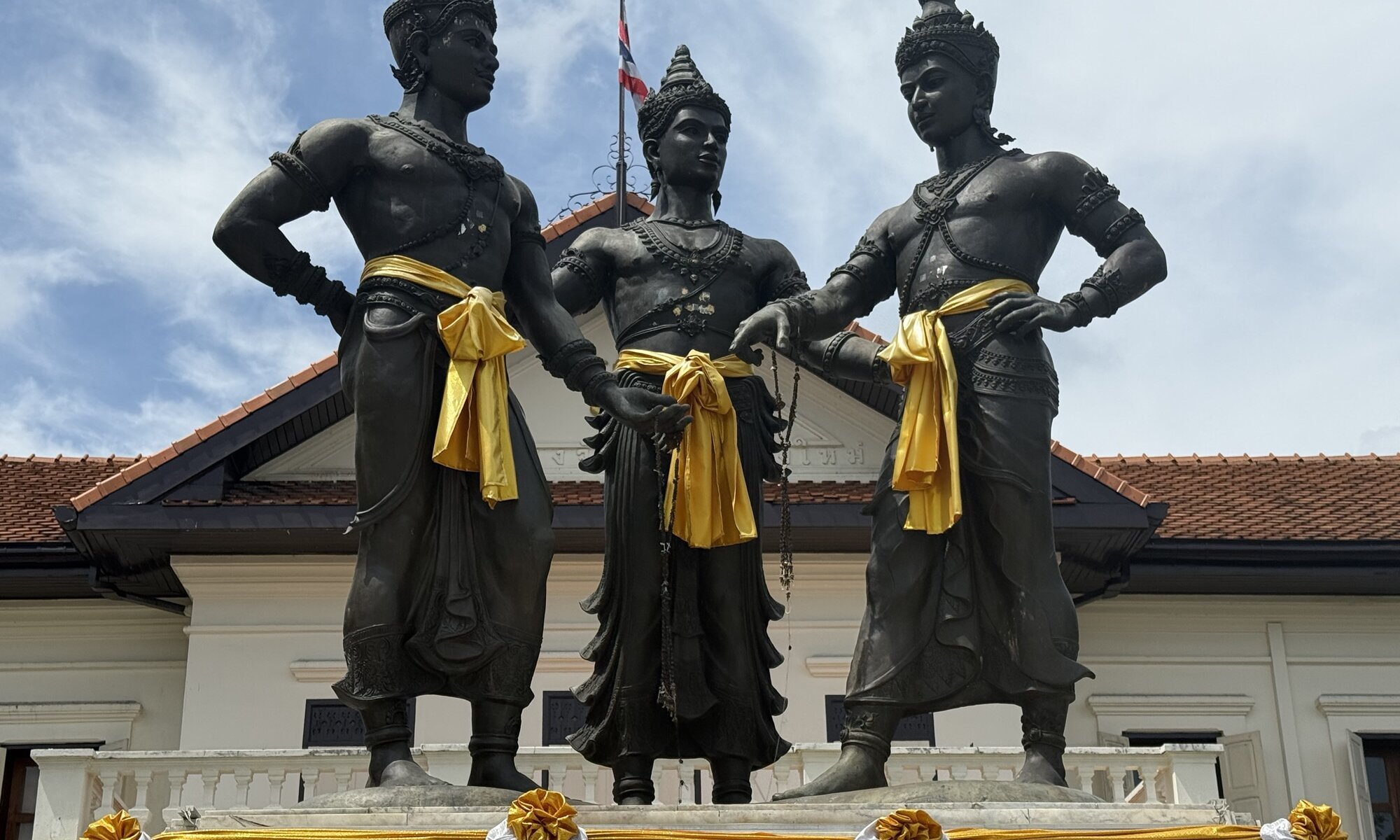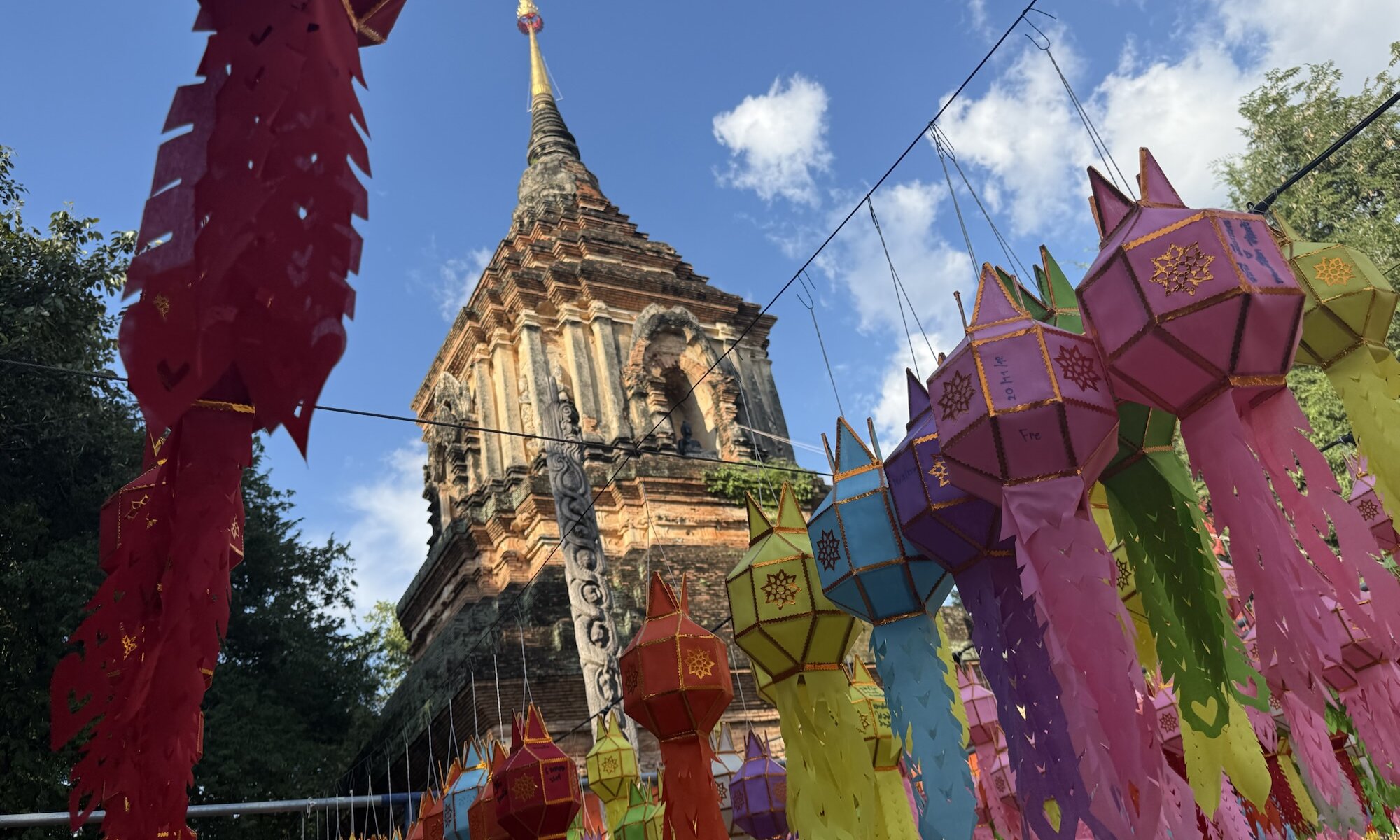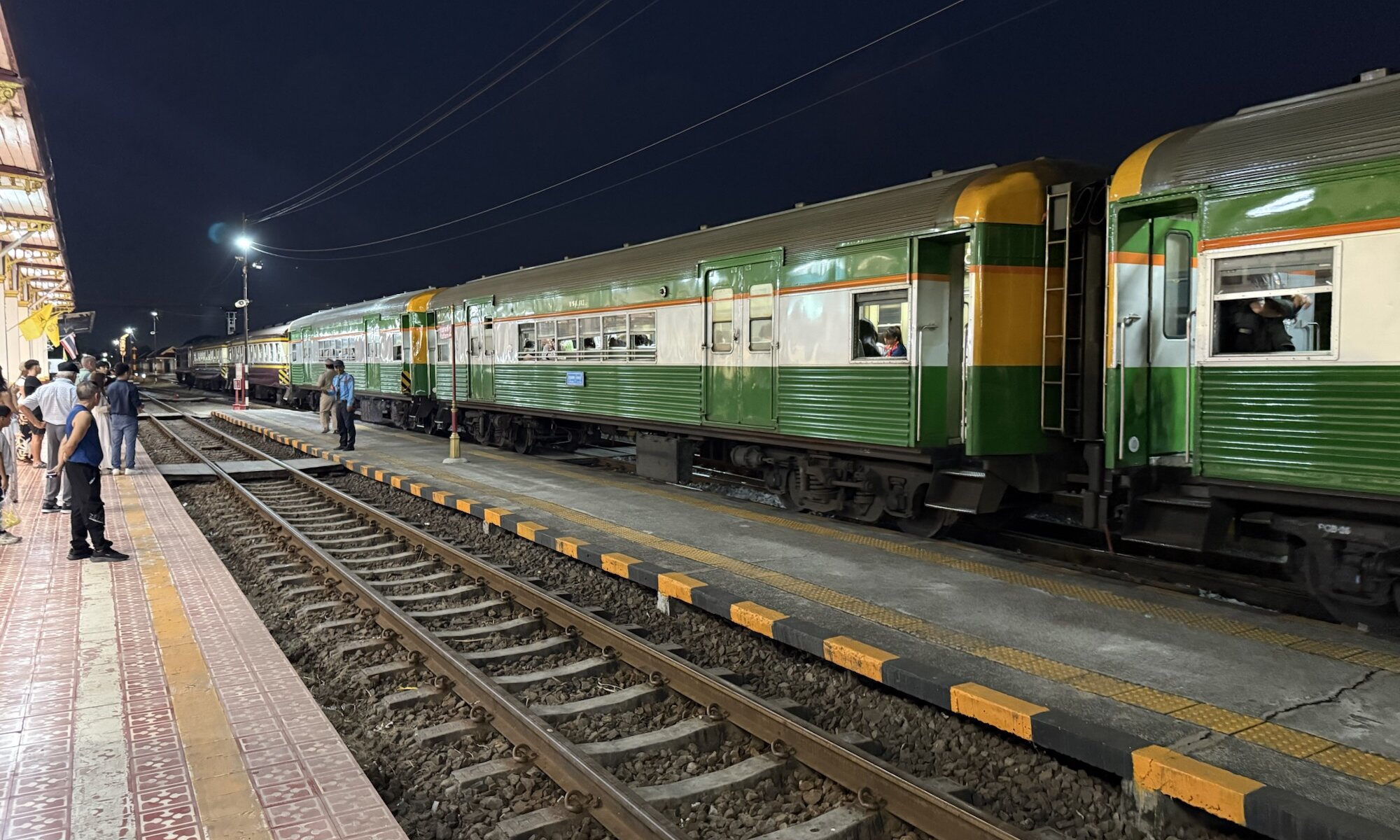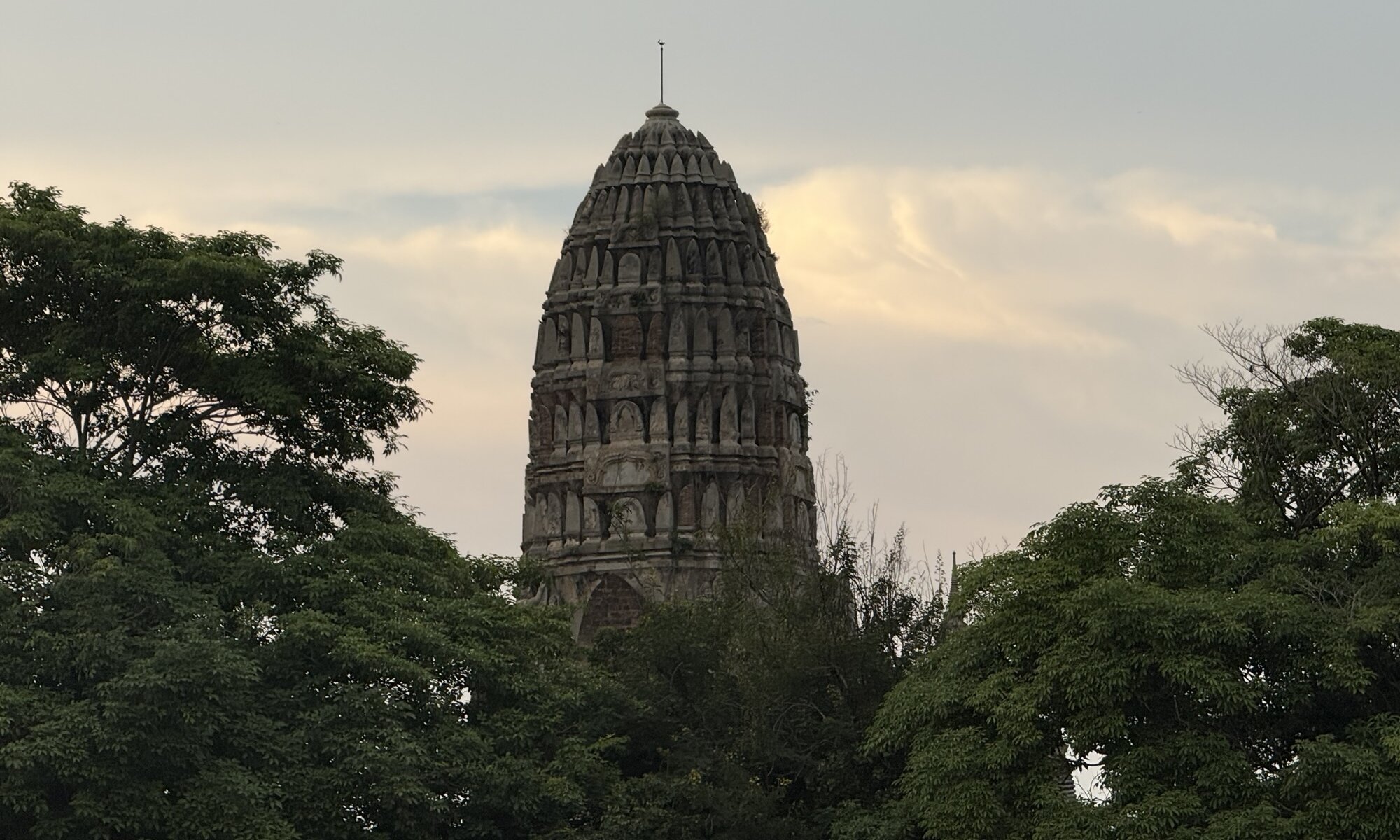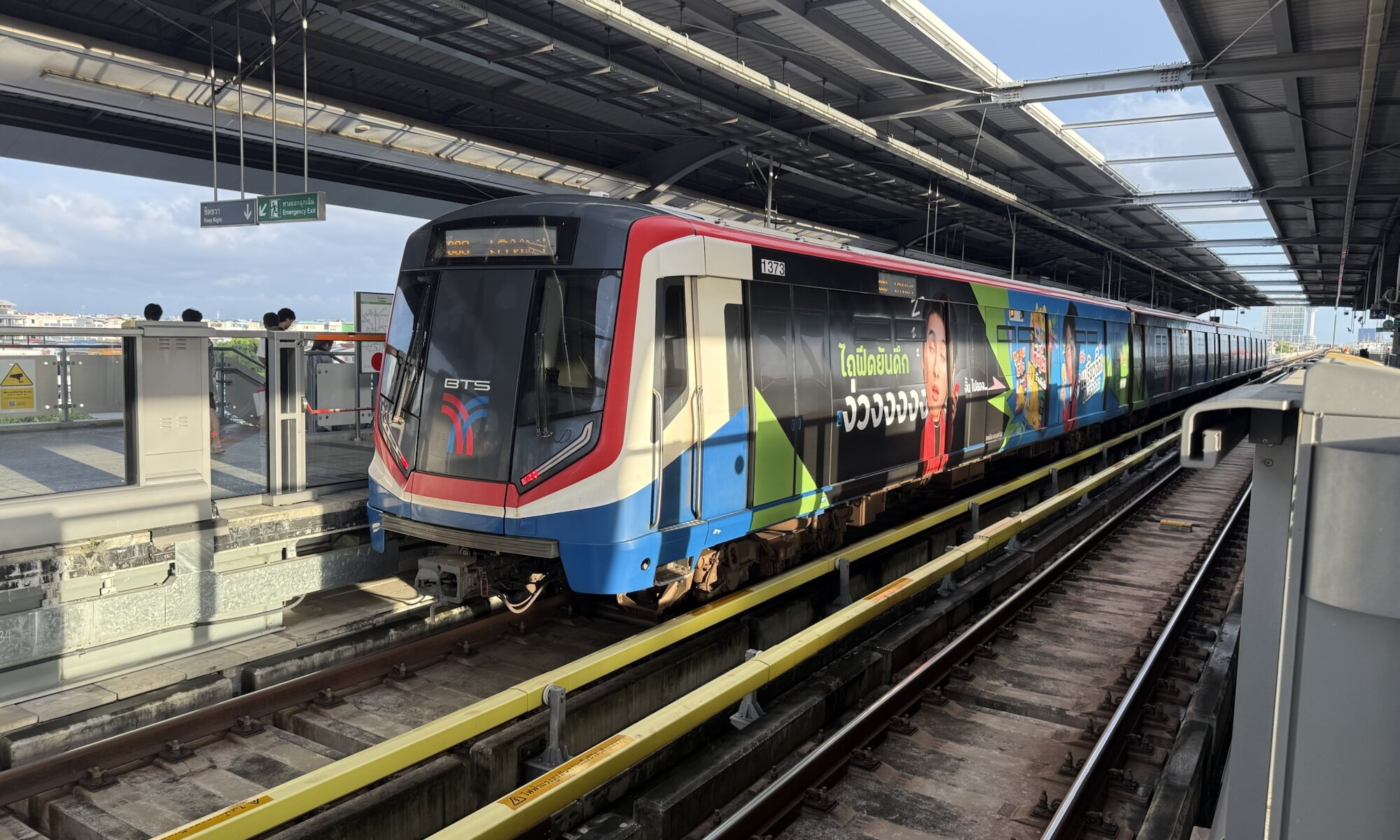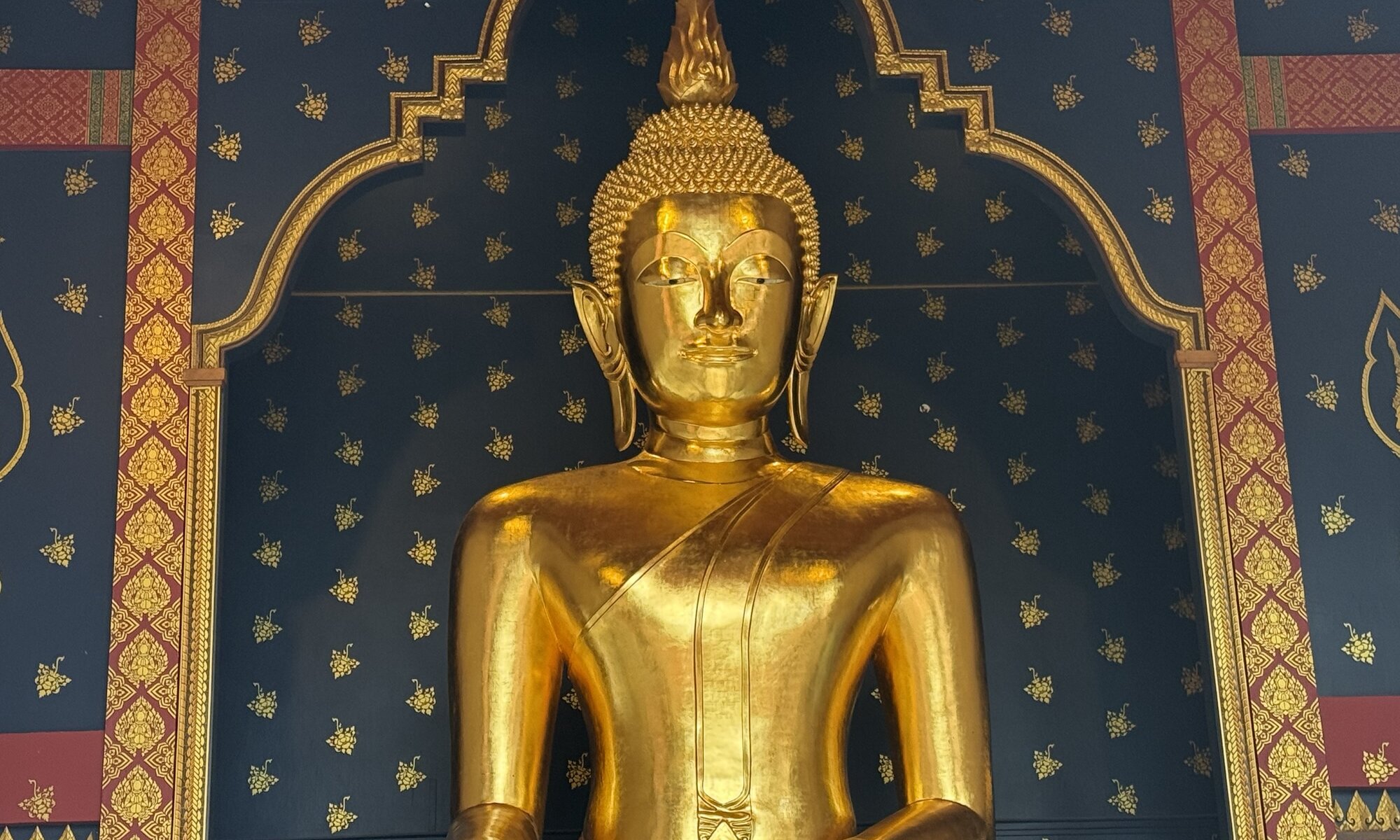The currency of Egypt is known as the Egyptian pound, locally called the ‚geneih‘. It has been the country’s official monetary unit since 1834, when it replaced the piastre as the main accounting measure under Ottoman influence. Initially, the currency was tied to sterling during the British occupation and later to the U.S. dollar before moving to a floating exchange rate in the twenty‑first century. The most recent phase of its evolution has been marked by significant devaluations as part of economic reforms aimed at stabilising the Egyptian economy and encouraging foreign investment.
Continue reading “Pounds, piastres & qirsh”Siam Yiim
Thailand, known historically as Siam until 1939 and briefly again between 1945 and 1949, is a nation with a rich and vibrant history. Its origins stretch back over a millennium, with early kingdoms such as Sukhothai and Ayutthaya laying the foundations of Thai culture and statehood. Despite pressures from colonial powers in the 19th and 20th centuries, Thailand remains the only Southeast Asian country never colonised by a Western nation, a fact that plays a vital role in its national pride and identity. The name ‘Siam Yiim‘ is often interpreted as a poetic phrase meaning ‘Siam smiles‘, reflecting the country’s reputation as the ‘Land of Smiles‘ and symbolising the warmth and friendliness embedded in Thai culture.
Continue reading “Siam Yiim”Chiang Mai
เชียงใหม่ (lit. ‚new city‘), nestled in the mountainous region of Northern Thailand, is a city steeped in rich history and cultural heritage. Founded in 1296, it served as the capital of the Lanna Kingdom, an independent realm that flourished for several centuries before becoming integrated into the Kingdom of Siam. The city’s old walls and moat still outline the ancient core, offering a tangible reminder of its strategic and economic significance in the region. I find เชียงใหม่ to be a fascinating blend of medieval history and vibrant modernity, making it an essential destination for those interested in culture and heritage.
Continue reading “Chiang Mai”Sky lanterns & floating baskets
Loy Krathong is one of Thailand’s most enchanting and culturally significant festivals, celebrated annually with great enthusiasm across the country. The name ‘Loy Krathong’ translates to ‘floating basket’, referring to the small decorated rafts made from banana leaves, flowers, candles, and incense sticks that people release onto bodies of water. This festival is a beautiful expression of gratitude and respect towards the water goddess, Phra Mae Khongkha, and coincides with the full moon night of the 12th lunar month, usually falling in November. It symbolises renewal, forgiveness, and letting go of misfortune from the past year.
Continue reading “Sky lanterns & floating baskets”12.5 hours
Travelling on the Special Express Night Train from กรุงเทพฯ to เชียงใหม่ offers a unique blend of adventure, comfort, and cultural immersion. As the train departs the bustling capital, the city lights slowly fade, giving way to the serene nightscape of the Thai countryside. This overnight journey is a cherished experience for those who want to traverse the distance while resting, waking up refreshed and ready to explore the mountainous northern city. The rhythmic clatter of the tracks and the gentle rocking of the carriage provide a soothing soundtrack, making it an ideal way to travel for both locals and tourists alike.
Continue reading “12.5 hours”Ayutthaya
Once the thriving capital of the Siamese Kingdom, พระนครศรีอยุธยา stands as a remarkable testament to Thailand’s rich and complex history. Founded in 1350 by King U Thong, it flourished as a powerful political and economic centre for more than four centuries, until its destruction by the Burmese in 1767. During its heyday, พระนครศรีอยุธยา was a cosmopolitan hub that attracted diplomats, traders, and missionaries from across Asia and Europe alike, reflecting its significance not only within the region but also on the global stage. The city’s strategic location at the confluence of three rivers made it a vital commercial crossroads, contributing to its wealth and cultural exchange.
Continue reading “Ayutthaya”Krung Thep
กรุงเทพฯ, known locally as Krung Thep Maha Nakhon, is famed for having the longest city name in the world: Krung Thep Maha Nakhon Amon Rattanakosin Mahinthara Ayuthaya Mahadilok Phop Noppharat Ratchathani Burirom Udom Ratchaniwet Maha Sathan Amon Piman Awatan Sathit Sakkathattiya Witsanukam Prasit. This full ceremonial name consists of multiple elements expressing its grandeur, history, and religious significance, making it an intriguing introduction to a city steeped in culture and tradition. Though commonly referred to as Bangkok internationally, the city’s Thai name encapsulates its identity as the ‘City of Angels‘, reflecting its rich mythological and royal heritage. It is a dynamic metropolis where ancient traditions blend seamlessly with modern urban life, offering an unforgettable experience for any traveller.
Continue reading “Krung Thep”Chinatown
กรุงเทพฯ’s Chinatown, known locally as Yaowarat, is a vibrant and bustling district steeped in history and culture. It was established in the late 18th century when Chinese immigrants settled in the area, drawn by trading opportunities during the reign of King Rama I. Over time, this neighbourhood developed into one of the largest and oldest Chinatowns in the world, blending traditional Chinese customs with Thai influences, creating a unique cultural tapestry that can still be experienced today.
Continue reading “Chinatown”Skytrain
The BTS Skytrain in กรุงเทพฯ is an elevated rapid transit system that has revolutionised urban travel in Thailand’s bustling capital since its inauguration. Its network, comprising the Sukhumvit and Silom lines, elegantly runs above the city streets, providing commuters and visitors with a clean, efficient, and scenic way to navigate the often congested metropolis. The system is known for its punctuality and convenience, offering a welcome refuge from the city’s notorious traffic jams while delivering panoramic views of กรุงเทพฯ’s vibrant cityscape and river.
Continue reading “Skytrain”Buddhism
Buddhism, one of the world’s oldest religions, traces its origins back to the 6th century BCE in what is now modern-day Nepal and India. It was founded by Siddhartha Gautama, later known as the Buddha, whose teachings spread across Asia over centuries, profoundly shaping many cultures and societies. Buddhism’s arrival in Thailand dates back to around the 3rd century BCE, when missionaries from India introduced the faith, gradually intertwining it with local customs. Today, Thailand is predominantly Buddhist (95 % of the population), with the religion deeply embedded in everyday life, art, architecture, and national identity.
Continue reading “Buddhism”
